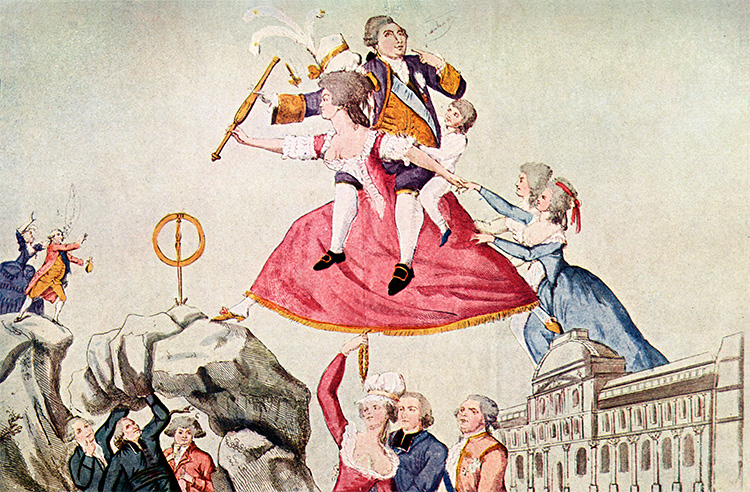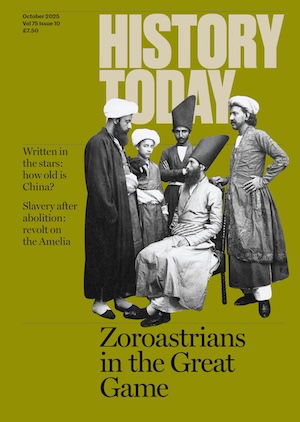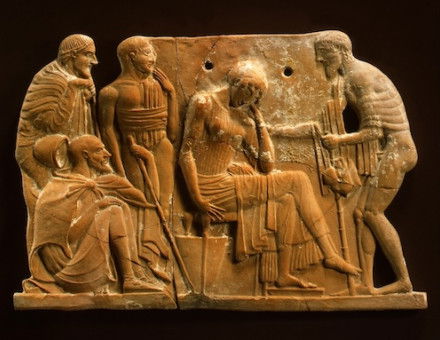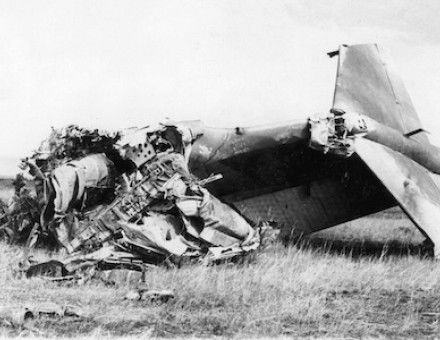Louis XVI's flight from Paris
The royal flight to Varennes took place on June 20th, 1791.

If any king could have coped with the French Revolution it was not Louis XVI. He was 19 when he succeeded his grandfather, Louis XV, in 1774. At 15 he had married the Austrian Habsburg princess Marie-Antoinette, who was 14. Louis was initially unable to consummate the marriage and, deeply unsure of himself, he hid his lack of confidence behind a haughty demeanour.
The revolution is generally reckoned to have begun when an angry mob stormed the Bastille in Paris in July 1789. The fortress was a symbol of royal authority and the deputy mayor of Paris remarked that the city had conquered its king. From then on royal authority was steadily undermined. In October the royal family had to evacuate to the Tuileries Palace after Versailles had been attacked by another mob. They increasingly felt themselves prisoners and by 1791 they decided that they must escape the capital. Louis believed that most people in the countryside were still loyal to him and the idea was to head north-east to Montmédy, near the frontier with the Austrian Netherlands, where they could be protected by troops led by royalist officers.
The royal party’s escape began in darkness around midnight to an ingenious plan organised mainly by Axel Fersen, a Swedish officer in the French army who was a devoted admirer of Marie-Antoinette. The Chevalier de Coigny had for some weeks been a frequent visitor to the palace wearing a plain coat and hat, which Louis would wear when the time came so that the guards would take him for the chevalier. The royal children were all dressed as girls and the accompanying governess pretended to be a Russian aristocrat in charge of the group, while the role of governess was played by Marie-Antoinette herself, dressed in plain black. The king himself would pretend to be a valet.
Fersen had wanted the party to use light coaches to cover the 200 miles to Montmédy as speedily as possible, with the king and queen travelling separately, but Marie-Antoinette insisted they must all be together so, after they had passed through the city gate, Fersen met them with a large heavy coach, drawn by six horses. It was a crucial mistake.
Louis would not let Fersen travel all the way with them. He did not want to escape ignominiously conducted by a foreign soldier, so Fersen presently dropped out and they proceeded on, changing horses at points along the way. Even so, they were hours too late to join up with the military escorts that had been meant to guard them along the route. By the time they reached Sainte-Menehould, news of their flight had reached the town and the national guard had been alerted.
The local postmaster, Jean-Baptiste Drouet, had seen Marie Antoinette when he was in the army and he recognised her. He checked the face of the party’s ‘valet’ against the king’s on a paper currency note and they fitted. He rode quickly on to Varennes, the next stop, and was there when the royals arrived at close to midnight. Drouet insisted to the town authorities that the travellers were Louis and Marie Antoinette and, after some delay, an elderly citizen who had once lived at Versailles was brought in. As soon as he saw Louis he instinctively crooked his knee in homage and Louis admitted that he was the king.
The royal party were held until next day when orders arrived to send them back to Paris. Louis said ‘There is no longer a king in France’ and thousands of national guardsmen and armed citizens accompanied the royal carriage slowly back. It was widely believed that the Austrians had organised the royal escape and evidence was found in the Tuileries after the palace was stormed by a murderous mob in August 1792. The royals were sent to prison and the National Assembly proclaimed France a republic. Louis and Marie-Antoinette were tried for treason and both were found guilty. He went to the guillotine in January 1793 and she met the same fate in October.




